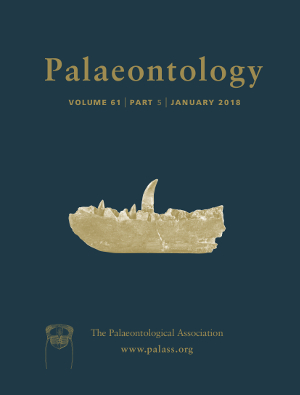Reg. Charity No. 1168330

Maximum sizes attained by living actinopterygians are much smaller than those reached by chondrichthyans. Several factors, including the high metabolic requirements of bony fishes, have been proposed as possible body‐size constraints but no empirical approaches exist. Remarkably, fossil evidence has rarely been considered despite some extinct actinopterygians reaching sizes comparable to those of the largest living sharks. Here, we have assessed the locomotion energetics of Leedsichthys problematicus, an extinct gigantic suspension‐feeder and the largest actinopterygian ever known, shedding light on the metabolic limits of body size in actinopterygians and the possible underlying factors that drove the gigantism in pachycormiforms. Phylogenetic generalized least squares analyses and power performance curves established in living fishes were used to infer the metabolic budget and locomotion cost of L. problematicus in a wide range of scenarios. Our approach predicts that specimens weighing up to 44.9 tonnes would have been energetically viable and suggests that similar body sizes could also be possible among living taxa, discarding metabolic factors as likely body size constraints in actinopterygians. Other aspects, such as the high degree of endoskeletal ossification, oviparity, indirect development or the establishment of other large suspension‐feeders, could have hindered the evolution of gigantism among post‐Mesozoic ray‐finned fish groups. From this perspective, the evolution of anatomical innovations that allowed the transition towards a suspension‐feeding lifestyle in medium‐sized pachycormiforms and the emergence of ecological opportunity during the Mesozoic are proposed as the most likely factors for promoting the acquisition of gigantism in this successful lineage of actinopterygians.